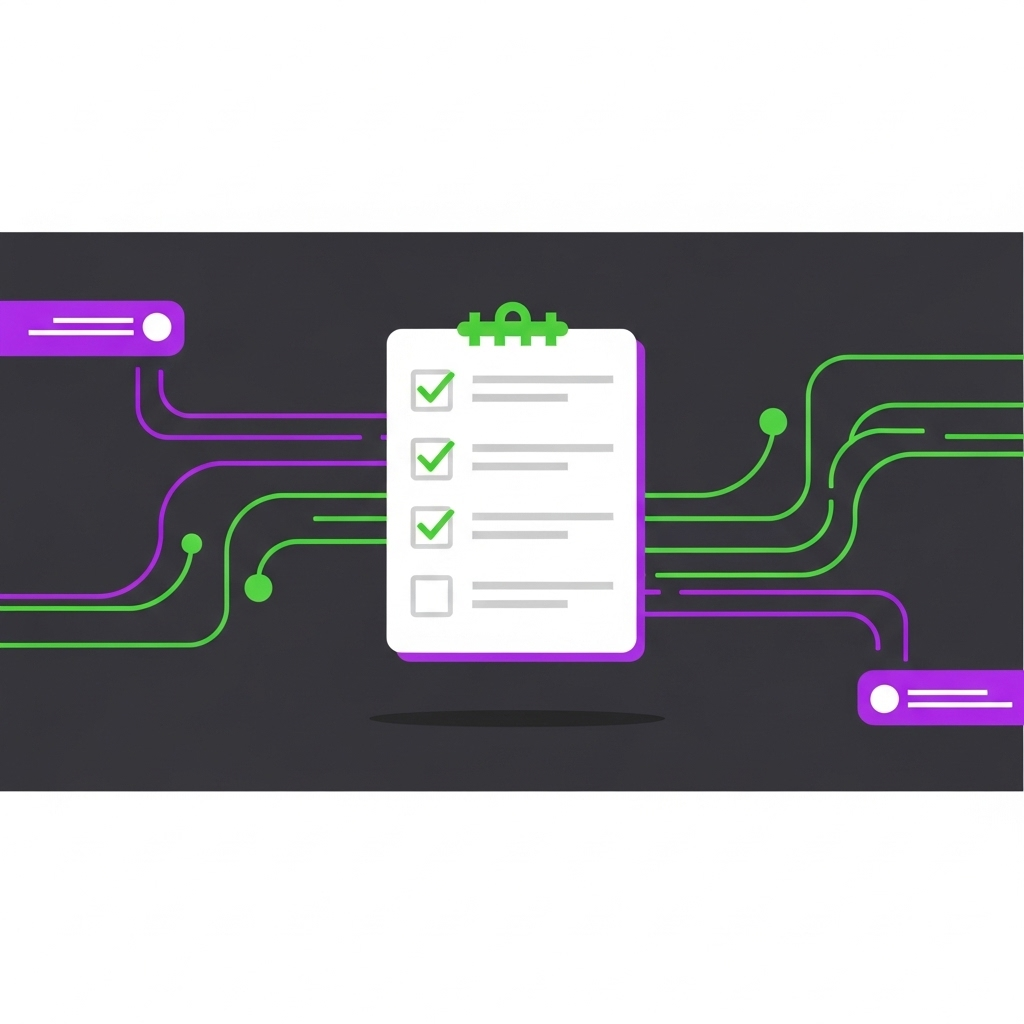n8n Best Practices for AI Automation
15 May 2025 • ~10 min read
n8n has become the Swiss-army knife of integration, but once you start calling LLM APIs the stakes rise: costs balloon, failures hide in JSON blobs and run-away loops can spam users. Below are the patterns we drill into every client team before they push an AI flow to production.
1 · Environment strategy 🌳
Create three distinct stacks:
- Dev – personal workflows, mocked credentials, logging to console.
- Stage – mirrors production env-vars, points to free-tier model keys, has stricter role-based access.
- Prod – locked down, audit-logged, auto-scales via n8n’s
queueMode+ Redis.
Use a GitOps loop: PR merge triggers a Docker build, Kubernetes rollout and a migration step that seeds credentials from Vault.
2 · Prompt & model governance 📜
Store prompts as Markdown files in Git, not inline in the OpenAI node.
├─ prompts/
│ ├─ summarise.md
│ └─ classify.md
├─ workflows/
│ └─ helpdesk.jsonLoad them at runtime via the Read Binary File node. Benefits: version control,
code review and multi-locale support (you can branch prompts per language).
3 · Error handling 🛡️
Every OpenAI (or call) node sits inside a Sub-workflow that returns either
{ ok: true, data } or { ok: false, error }. Parent flow checks the flag and
routes failures to a Catch node that:
- Retries exponential back-off (max 3).
- Logs to Datadog with flow ID and user ID.
- Sends a Slack alert if error rate > 5 % in 5 mins.
4 · Cost guard-rails 💸
Wrap the OpenAI key in a usage-capped organisation. Additionally, we insert a
Function node that tallies expected tokens before the call; if the estimate
exceeds a threshold we short-circuit the flow and ask the user to refine their
prompt. This single check cut one client’s bill by 38 %.
5 · Observability 🔍
Enable n8n’s EXECUTIONS_DATA_PRUNE to 14 days, then stream
execution events to OpenTelemetry. We enrich each span with:
llm.modelllm.prompt_hashtokens_in/tokens_out
This makes dashboards like “cost per user per day” trivial.
Follow these five rules and your n8n + AI workflows will survive scale, audits and finance reviews. Grab the starter repo and start shipping.
